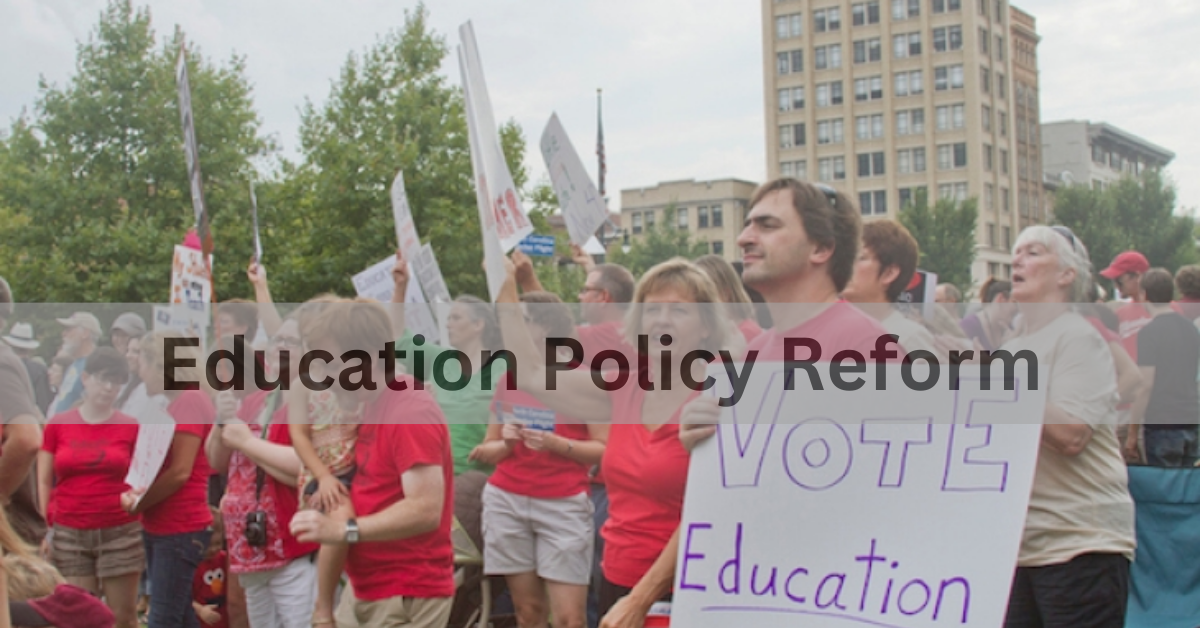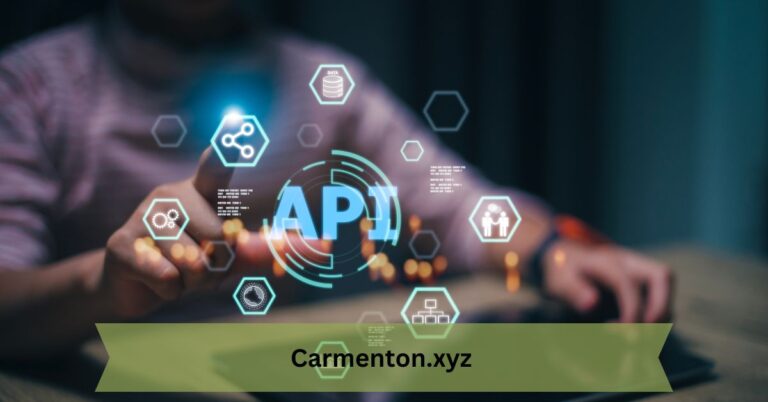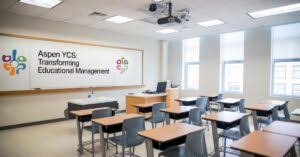Education Policy Reform: Transforming the Future of Learning
Education policy reform is essential for addressing the evolving needs of students, educators, and society as a whole. Effective reforms can enhance educational outcomes, promote equity, and prepare students for the demands of the 21st century. This article explores education policy reform, its significance, key areas of focus, and the challenges and opportunities involved in transforming education systems.
Understanding Education Policy Reform
1. What is Education Policy Reform?
Education policy reform refers to the process of revising, updating, or overhauling educational policies and practices to improve the quality and effectiveness of education systems. This can involve changes in curriculum standards, teacher training, funding allocation, assessment methods, and more.
2. Importance of Education Policy Reform
- Addressing Inequities: Reforms aim to reduce disparities in educational access and outcomes, ensuring all students receive a quality education regardless of their background.
- Adapting to Change: As societal needs and job markets evolve, education policies must be updated to equip students with relevant skills and knowledge.
- Improving Outcomes: Policy reforms are designed to enhance student learning, increase graduation rates, and better prepare students for higher education and employment.
Key Areas of Focus in Education Policy Reform
1. Curriculum and Standards
- Modernizing Content: Updating curriculum content to include digital literacy, critical thinking, and problem-solving skills is crucial for preparing students for the future.
- Inclusive Education: Ensuring the curriculum reflects diverse perspectives and histories promotes inclusivity and cultural awareness.
2. Teacher Training and Support
- Professional Development: Continuous training for teachers on new teaching methods, technologies, and classroom management techniques is essential for effective education.
- Teacher Recruitment: Implementing policies to attract and retain qualified teachers, especially in underserved areas, is vital for maintaining educational quality.
3. Assessment and Accountability
- Holistic Assessments: Moving beyond standardized tests to include formative assessments, project-based learning, and student portfolios can provide a more comprehensive evaluation of student progress.
- Data-Driven Decisions: Using data to inform policy decisions and track the effectiveness of reforms helps in making evidence-based improvements.
4. Funding and Resources
- Equitable Funding: Allocating resources based on student needs ensures that all schools, especially those in low-income areas, have the necessary tools and infrastructure.
- Technology Integration: Investing in technology and internet access for all students supports digital learning and reduces the digital divide.
Challenges in Education Policy Reform
1. Political and Bureaucratic Hurdles
- Legislative Processes: Passing new education policies often requires navigating complex political and bureaucratic systems, which can delay implementation.
- Stakeholder Resistance: Resistance from various stakeholders, including educators, parents, and policymakers, can hinder reform efforts.
2. Funding Constraints
- Budget Limitations: Securing adequate funding for comprehensive reforms is a significant challenge, especially in economically strained regions.
- Resource Allocation: Ensuring that funds are allocated effectively and transparently is critical for the success of reforms.
3. Implementation and Scalability
- Pilot Programs: Testing reforms through pilot programs before full-scale implementation helps identify potential issues and refine strategies.
- Scalability: Successfully scaling up reforms to benefit all students requires careful planning and ongoing support.
Opportunities in Education Policy Reform
1. Innovation and Technology
- EdTech Solutions: Leveraging educational technology can enhance learning experiences, provide personalized education, and support remote learning.
- Collaborative Platforms: Online platforms enable collaboration between educators, students, and parents, fostering a more connected educational community.
2. Community and Stakeholder Engagement
- Inclusive Decision-Making: Involving teachers, parents, students, and community members in the reform process ensures that policies address the needs and perspectives of all stakeholders.
- Public Awareness Campaigns: Raising awareness about the benefits and goals of reforms can build public support and drive momentum for change.
Conclusion
In conclusion, education policy reform is a dynamic and essential process for adapting education systems to meet contemporary challenges and future demands. By focusing on curriculum modernization, teacher support, equitable funding, and holistic assessment methods, reforms can create more inclusive, effective, and future-ready education systems. Engaging stakeholders, leveraging technology, and addressing implementation challenges are key to successful reform efforts.






